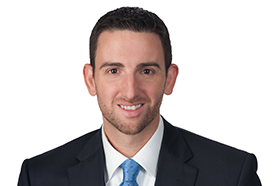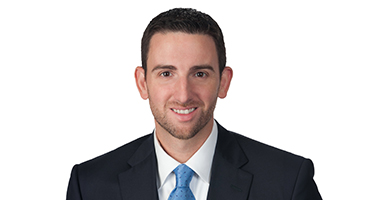In the latest sign that he plans to move forward with tariffs as part of his tax and economic plans, President-elect Donald Trump acknowledged in a Dec. 8 interview with NBC News that he “can’t guarantee” Americans will not face higher prices from new tariffs imposed by his incoming administration.
But Trump defended the hundreds of billions of dollars-worth of tariffs he’s proposed, arguing that the more targeted tariffs he instituted during his first administration did not affect the price of goods.
“We took in hundreds of billions of dollars and we had no inflation,” Trump said during the interview, adding in the interview that the covid-19 pandemic prevented meant he never, “got the chance to go all out” on tariffs.
While Trump hedged on whether prices would go up, he disagreed that there were economic downsides, like retaliatory tariffs that his prior administration blunted with billions in subsidies, and disputed warnings from major retail companies warning that tariffs could force them to raise prices on consumers.
Trump’s remarks around tariffs in the interview, along with recent personnel announcements for trade policy positions, offer fresh evidence that Trump is seriously considering the possibility of tariffs that could reshape much of the American economy.
Trump named Peter Navarro, one of the architects of his first administration’s tariffs, as his incoming trade czar on Dec. 5, and nominated Jamieson Greer, a protégé of notable trade hawk Robert Lighthizer, to be his next administration’s U.S. Trade Representative. Howard Lutnick, a Wall Street veteran, Trump campaign official, and now-Commerce Secretary nominee, also vocally supported new tariffs during the 2024 campaign.
The reembrace of tariffs picks up where Trump left off. In 2021 Trump had planned to increase tariffs if he had won re-election, and ran on increasing them significantly during the 2024 campaign, including floating the idea that they could supplant some (or all) income taxes.
Still, the extent to which Trump plans to follow through on his sweeping tariff proposals remains unclear. During the campaign he proposed 10-20% across-the-board tariffs on all imports, with 60% or more on Chinese products (many of which already face some tariff cost to import). Since winning the Nov. 5 election Trump also proposed 25% tariffs on all Canadian and Mexican imports, and 100% or more tariffs on imports from Brazil, Russia, India, China, South Africa, and other mid-sized economies in the loose international economic coalition known as BRICS. The BRICS proposal, made in a social media post, was in reaction to a currency proposal that already looked unlikely to happen.
But Trump’s tone towards Canada and Mexico softened somewhat after discussions with leaders of both countries. And equities market skittishness could blunt his desire to implement his full tariff vision.
Contacts:
More tax hot topics

No Results Found. Please search again using different keywords and/or filters.








Share with your network
Share